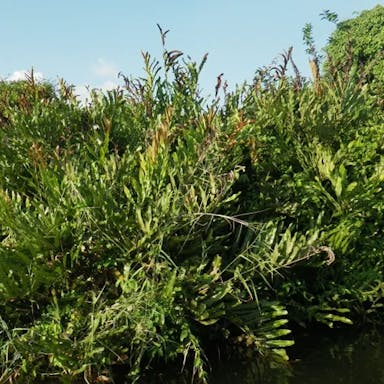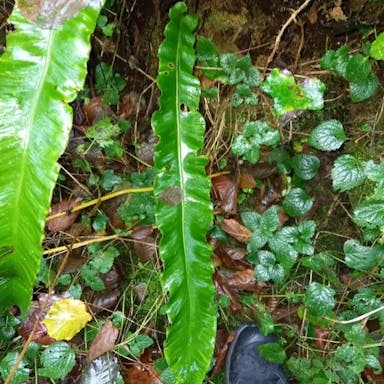Monarch fern has two main varieties: one with green fronds and another with variegated fronds. When selecting seedlings, choose those with vibrant green fronds and no signs of discoloration or wilting. Ensure the roots are well-developed and not overcrowded in the container. For seeds, opt for those that are plump, firm, and free of mold. Avoid seeds that are discolored or shriveled. When purchasing variegated varieties, look for seedlings with clear and distinct variegation patterns on the fronds. It is essential to select healthy and disease-free seedlings to ensure successful growth.
0
0












